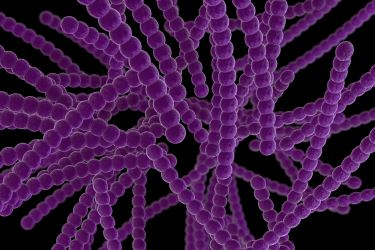
Health & Medicine
Into the wild to fight antibiotic resistance
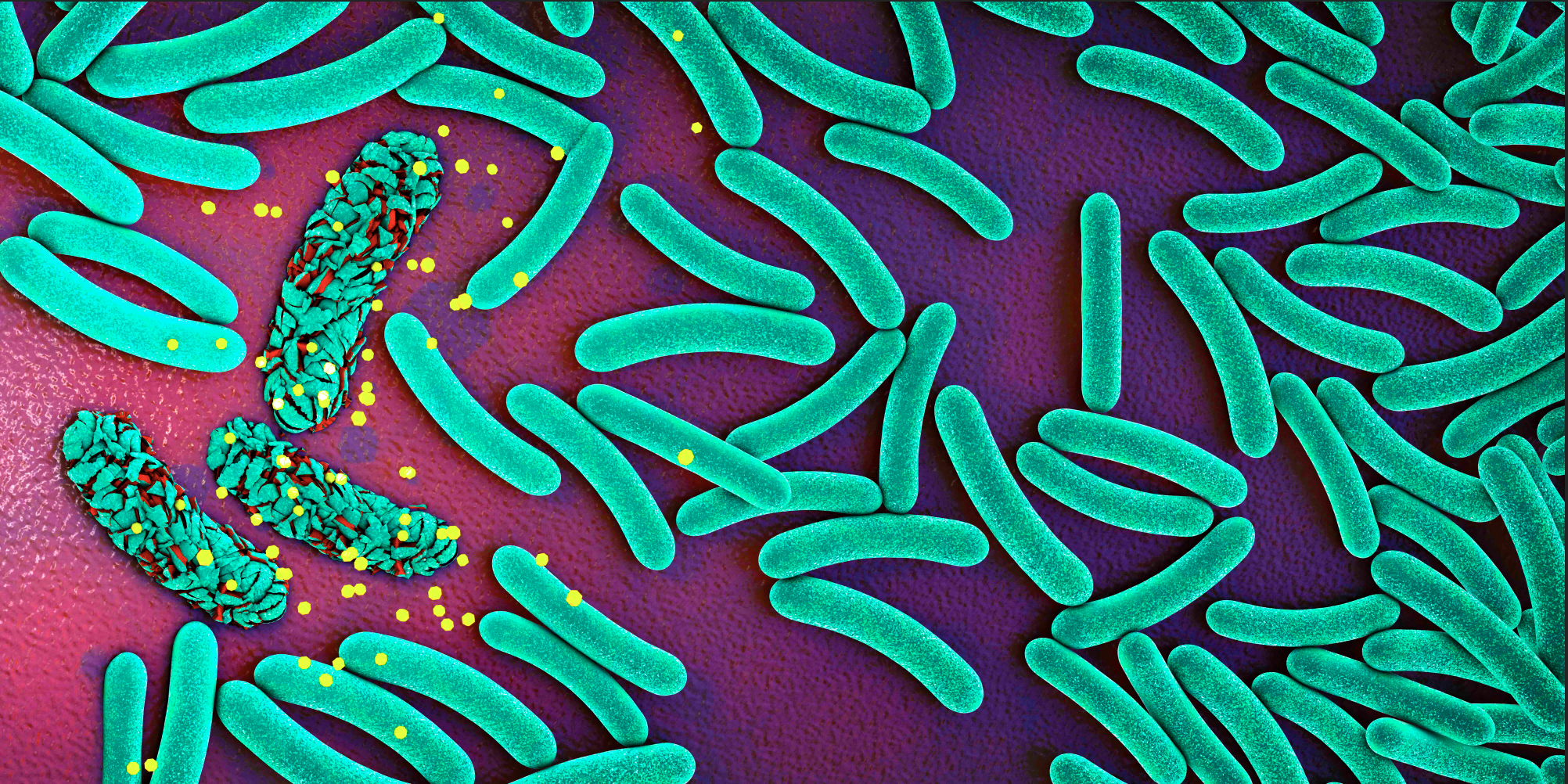
For the first time, Australian scientists have used AI to make ready-to-use proteins that can kill antibiotic-resistant bacteria
Published 9 July 2025
Ever since the antibiotic revolution began in 1928, microbes have been fighting back.
After Alexander Fleming discovered penicillin, its bacteria-killing properties soon became instrumental in preventing the deaths of wounded soldiers in World War 2.
But bacteria are continually developing ways to overcome these medicines, usually by evolving or acquiring genes that make antibiotics ineffective.
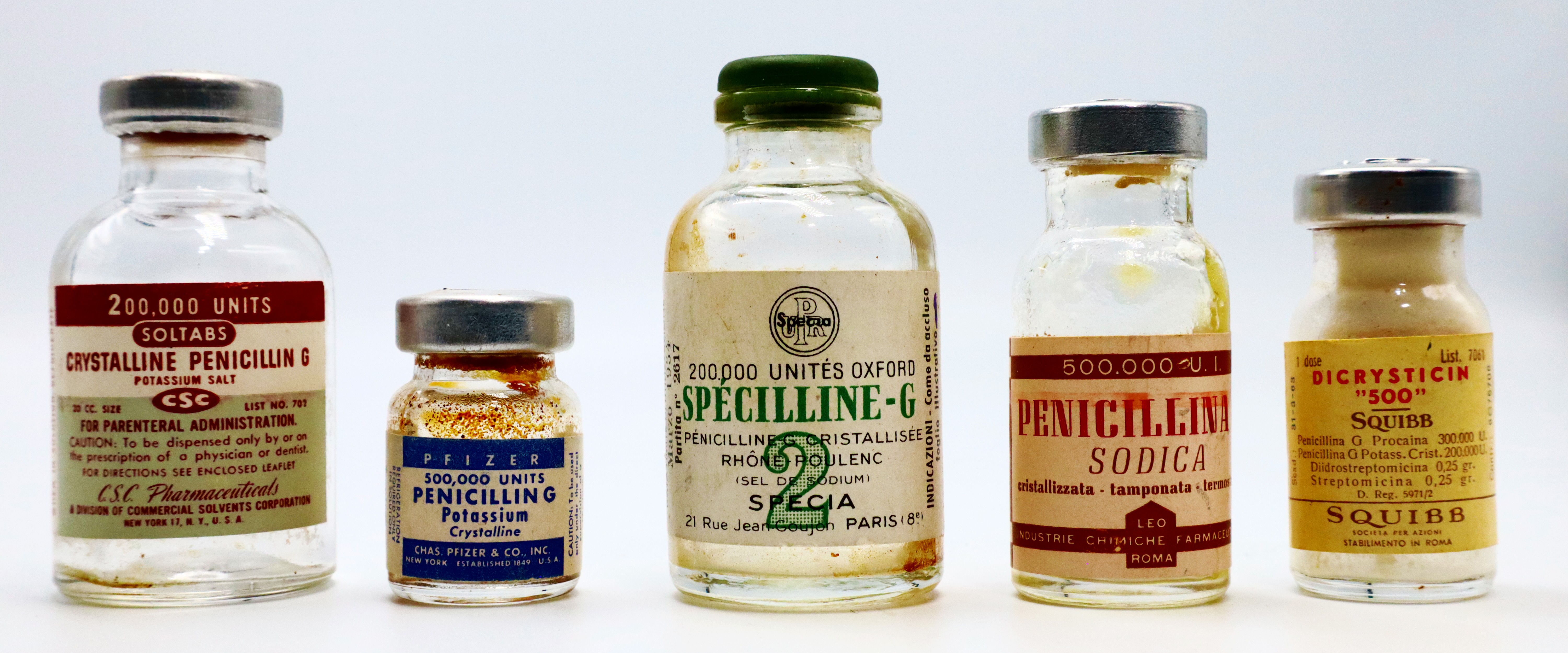
One of the most extensive studies estimated that 4.95 million deaths were associated with bacterial antimicrobial resistance (AMR) in 2019 alone, with AMR deaths projected to reach 8.2 million by 2050.
Now, we hope, a new revolution is underway.
For the first time, Australian scientists have used Artificial Intelligence (AI) to generate a ready-to-use antibacterial protein.
In this case, our team developed a protein that can stop the growth of antibiotic-resistant bacteria like Escherichia coli, one of the most significant bacterial pathogens that causes hundreds of millions of cases of serious intestinal infections per year.
E.coli is also the most common cause of urinary tract infection and is increasingly antibiotic resistant, meaning new strategies for combating infection are desperately required.

Health & Medicine
Into the wild to fight antibiotic resistance
AI-powered protein design incorporates generative deep learning models, as well as unsupervised and supervised machine learning that allow the creation of new-to-nature proteins with desired characteristics and functions, on a computer.
These computationally designed proteins – which target bacteria, viruses or human-related disease – can then be made in the lab and work as intended without experimental optimisation.
Traditionally, proteins used for applications in medicine and biotechnology have been derived from nature and repurposed through rational design or lab-based evolution and selection.
This new technology was awarded the Nobel Prize in Chemistry 2024, and its use in biomedical research is expected to accelerate development and lower the costs of new therapeutics.

By using AI in this way, Australian science has now joined countries like the US and China in having developed AI platforms capable of rapidly generating thousands of ready-to-use proteins, paving the way for faster, more affordable drug development and diagnostics that could transform biomedical research and patient care.
Our study focussed on the pathway that pathogenic E.coli uses to import the nutrient heme. Just like in humans, heme is essential for bacterial metabolism and is a source of iron.
We chose this target because heme is critical for the growth of E. coli during infection, so understanding how it is important is key to understanding how this bacterium causes disease.
We showed that E. coli uses a transporter called ChuA to directly bind hemoglobin (the protein in our blood that carries oxygen) and extract heme from it, and then import the heme into the bacterial cell.

Health & Medicine
A new AI algorithm is working to get chemotherapy dosing right
We combined this new knowledge with artificial intelligence-based methods to develop new-to-nature proteins that block ChuA from functioning. These proteins stick to ChuA and stop it from extracting heme from hemoglobin.
Our research shows that these AI-designed proteins prevent E. coli from growing when heme from hemoglobin is the only available iron source. The AI-designed proteins are very potent, with only a very low concentration required to inhibit E. coli growth.
This work shows, for the first time, that an AI-designed protein can stop the growth of a bacterial pathogen. It is also the first time that heme uptake by bacteria has been successfully targeted to inhibit bacterial growth.
It highlights the power of basic science for understanding the fundamental mechanisms of disease and applying new technologies to exploit this knowledge in therapeutic development.
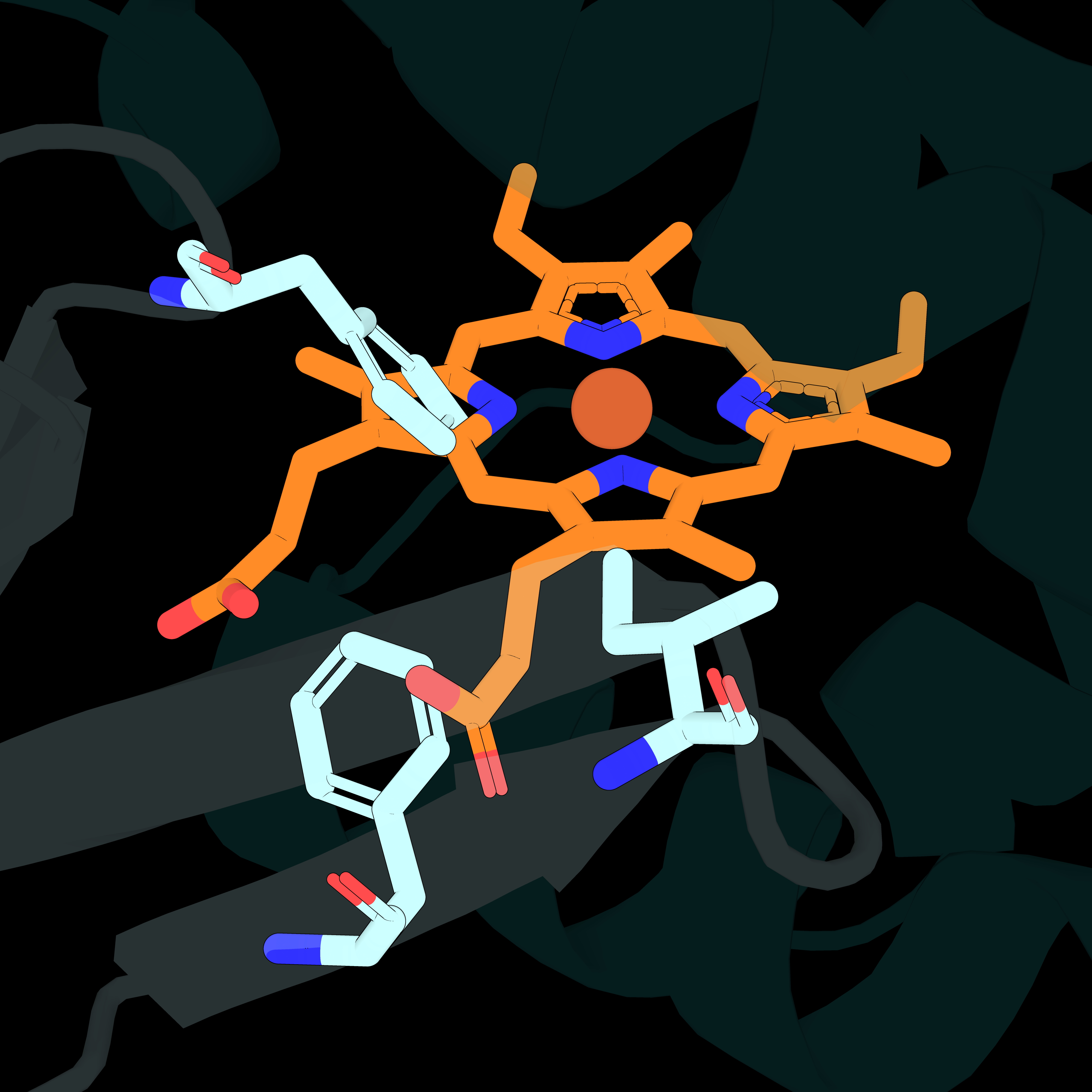
This study also provides strong proof of concept for the use of AI-designed proteins as next-generation antimicrobials.
The design of these proteins is rapid and targeted, and could revolutionise how we treat bacterial infection. It demonstrates how AI-based tools can be used to design new molecules that intervene in disease processes.
It also highlights Australia’s expertise and capability in this exciting area of biomedical development and will enrich the Australian research ecosystem, accelerating innovation.
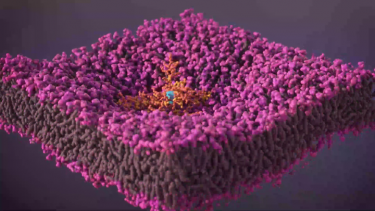
Health & Medicine
How to SNAPP a bacterial cell
Our research continues as we further develop our heme-uptake inhibitors as therapeutics for the treatment of E. coli infection. This process involves improving the potency and stability of these proteins and testing them for safety and effectiveness in pre-clinical models.
If these steps are successful, they will be tested clinically.
This exciting research shows the potential of using AI to create designer proteins as tools to treat otherwise antibiotic-resistant bacteria, which could prove revolutionary in combating the current antibiotic resistance crisis.
This study was co-led by Dr Rhys Grinter and Associate Professor Gavin Knott, who lead the new AI Protein Design Program with nodes at the University of Melbourne Bio21 Institute and Monash Biomedicine Discovery Institute. The majority of the experimental work was conducted by PhD Candidate Daniel Fox.